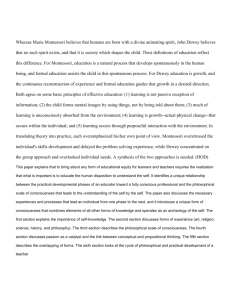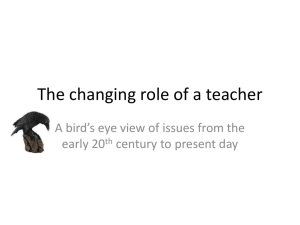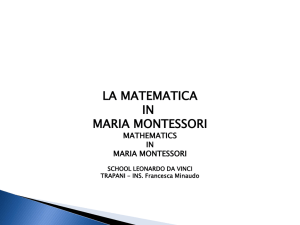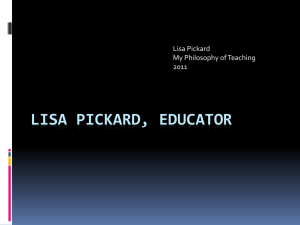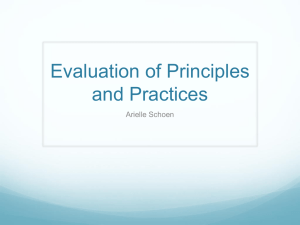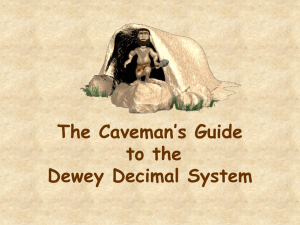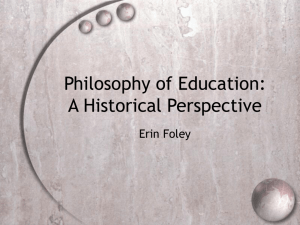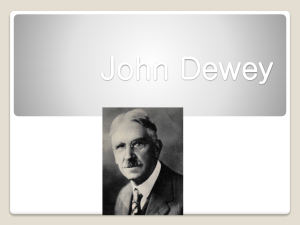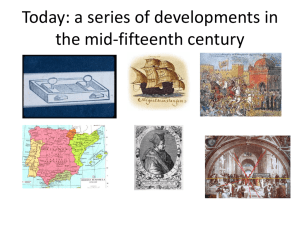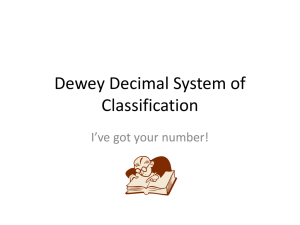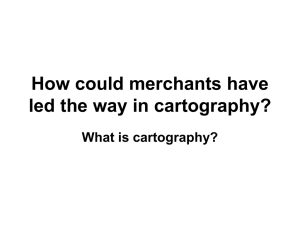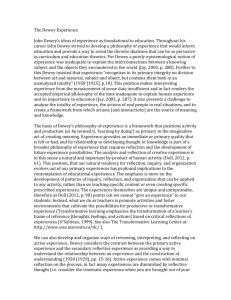History of Educational Technology
advertisement
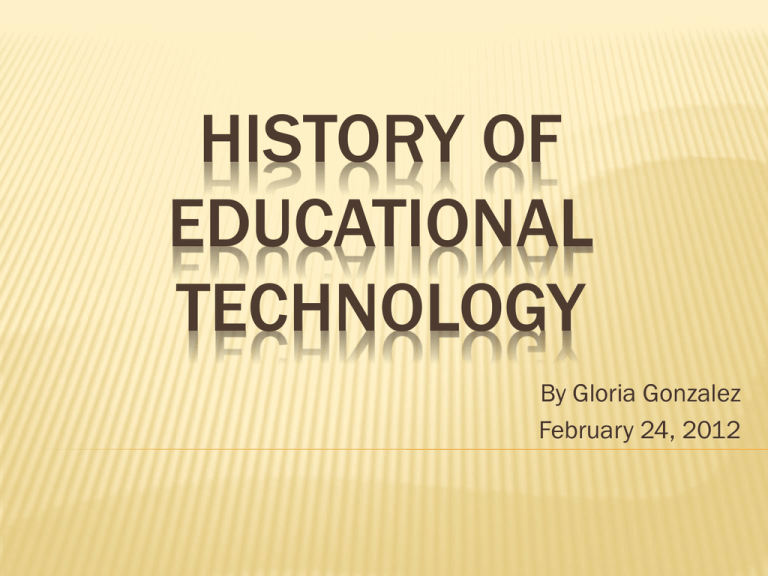
HISTORY OF EDUCATIONAL TECHNOLOGY By Gloria Gonzalez February 24, 2012 EDUCATIONAL TECHNOLOGY “Is the study and ethical practice of facilitating learning and improving performance creating, using and managing appropriate technological processes and resources”. Richey, R.C. (2008). Reflections on the 2008 AECT Definitions of the Field. Tech Trends. 52(1) 24-25 JOHANNES GUTENBERG 1440 Johannes Gutenberg invented the printing press with replaceable and moveable wooden or metal letters in 1436 (completed by 1440). This method of printing can be credited not only for a revolution in the production of books, but also for fostering rapid development in the sciences, arts and religion through the transmission of text (Bellis, 2012). JOHN DEWEY (OCTOBER 20, 1859 – JUNE 1, 1952) John Dewey was an American philosopher, psychologist and educational reformer whose ideas and writing influence the education and social reform. He was recognized as the Father of modern education and by the N.E.A. for his writings. He developed ideas of evolutionary democracy and evolutionary education as well as evolutionary law ("John dewey," 2012). MARIA MONTESSORI 1900 Education technology had a major impact in the Maria Montessori Method. She became know as the teacher not the director in control of the classroom, but rather the person who guided each child to determine their own pace of learning experiences. She provided an environment for children with developing child-sized furniture and age-appropriate materials and to provide structure to the child’s learning experiences. She desirably wanted to expose children to the joy of learning and to the creative efforts she provided by in a stimulating environment for the development of certain skills and knowledge. http://www.newworldencyclopedia.org/entry/Maria_Montessori SIDNEY L PRESSEY’S TEACHING MACHINES 1920 He was a cognitive psychologist and the father of the teaching machine, author of the first book on standardized testing and founder of the Division on Adult Development and Aging of the American Psychological Association. Pressey’s teaching machine was a unique instructional aid where students did not only passively listen, watched or read but would actively respond whether it was correct or not. A record would be kept which would aid in improving materials. http://www.nwlink.com/~donclark/hrd/history/machine.html RADIO 1920’S Benjamin Darrow founded the Ohio School of the Air in 1929. He described educational radio as “The central and dominant aim of education by radio is to bring the world to the classroom, to make universally available the services of the finest teachers, the inspirational of the greatest leaders and to unfold events which through the radio may come as a vibrant and challenging textbook in the air”. http://www.ohiohistorycentral.org/entry.php?rec=1536 AUDIO VISUAL MOVEMENT 1930’S During the 1930’s popular topics in visual instruction were in the philosophy and psychology of visual instruction, motion pictures, lantern slides, projector operation, stereographs, photographs, exhibits, and field trips. 1940 DALE EDGAR 1950’S POST WWII INSTRUCTIONAL TECHNOLOGY 1960’S EDUCATION TELEVISION & TEACHING MACHINES 1970’S MITTS ALTAIR 1980’S MICROCOMPUTERS 1990’S INTERNET 1995 – PRESENT WEB BASED LEARNING REFERENCES Bellis, M. (2012). Johannes gutenberg and the printing press. About.com, Retrieved from http://inventors.about.com/od/gstartinventors /a/Gutenberg.htm?p=1 John dewey. (2012, February 22). Retrieved from http://en.wikipedia.org/wiki/John_Dewey
